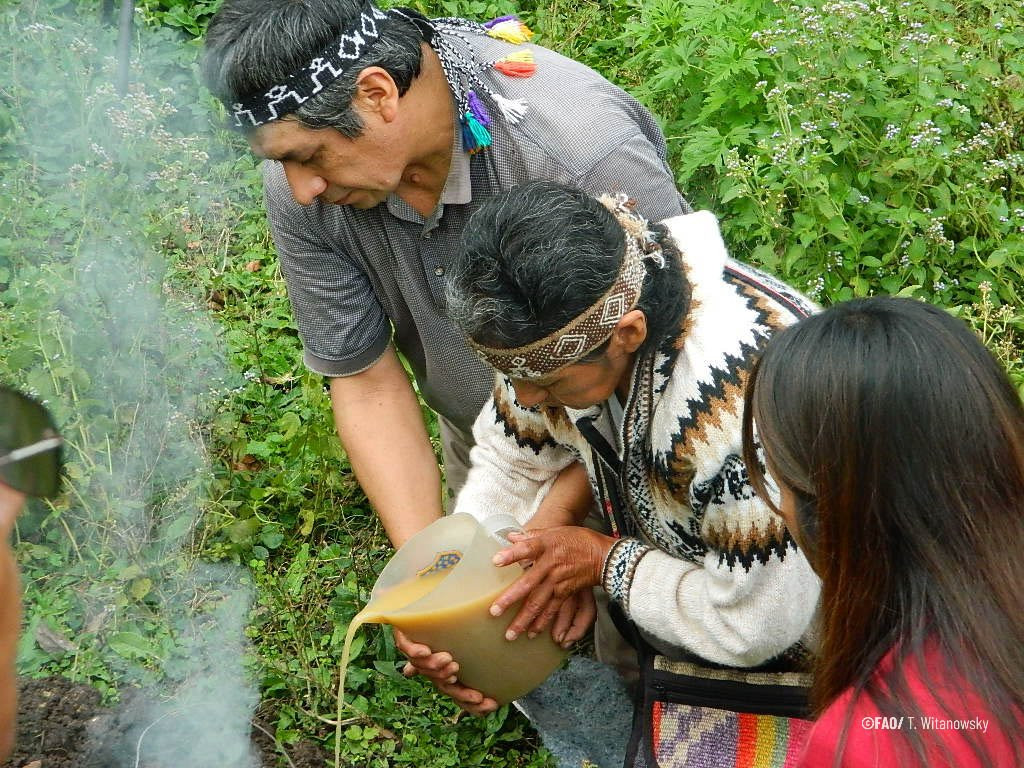The Last Line of Defense Against Forest Destruction

In my role as a research communicator, I have been able to put faces and names to the crisis that lies at the intersection of the environment and human rights. Indigenous peoples and their stories are portraits of how human and planetary health are inextricably linked. During the COVID-19 pandemic, governments’ failures to address the needs of Indigenous communities revealed significant disparities in their access to healthcare and other services. Increasingly, Indigenous peoples are exposed to the worst effects of climate change, and to violations of their rights to land and resources. Illegal loggers and miners invade their forests with impunity, and governments often grant concessions on Indigenous territories to agro-industry and to oil, gas and mining companies.
Indigenous communities remain resilient, and their willingness to fiercely battle environmental threats to their forests is essential to our own survival. They are the key to protecting nature and keeping our forests standing—and it has never been more evident than today. A recent report by the UN Food and Agriculture Organization (FAO) finds that about half the Amazon’s intact forest landscapes are in Indigenous territories. It also reveals that ensuring the rights of Indigenous peoples is the main solution to addressing climate change and conserving biodiversity and forests.
COVID-19 has posed a grave health threat to people around the world and the likelihood of a future outbreak is menacing. But traditional ecological knowledge and the practices of Indigenous communities hold the secret to preventing habitat loss, a connection scientists increasingly link to the emergence of diseases such as the coronavirus. In particular, what habitat loss does––especially loss spurred by climate change and deforestation––is drive wild animals into closer contact with both humans and domesticated animals, enabling viruses to jump from those animals to our population. Experts who published a paper in Science last August concluded that expanding the land rights of Indigenous peoples represents the most affordable and cost-effective solution for reducing the deforestation that fuels the release of dangerous pathogens.
Land invasions and the extractives industry are another significant threat to the human and environmental rights of Indigenous communities globally. Shielded by the noise of the pandemic, governments have rolled back environmental protections in favor of unsustainable development, such as allowing operations of large mines in forest communities, which jeopardize their lives and environments. This has caused the displacement of Indigenous and Afro-descendant communities, forcing them from their lands and exposing them to greater violence over land disputes.
To address these injustices, the FAO report calls on governments to take urgent action by granting full property rights to Indigenous peoples over their ancestral territories, addressing illegal occupation of their lands and respecting their right to Free Prior and Informed Consent (FPIC) when it comes to mining, logging and infrastructure projects. In strengthening collective territorial rights and compensating Indigenous communities for the environmental services they provide, governments could save $570 million US per year in carbon emissions, and reap many other social and environmental benefits.
Indigenous peoples need our support. By joining forces and elevating the voices of Indigenous peoples, we can promote their inclusion and participation in territorial governance to ensure their well-being and fundamental rights are improved. Indigenous leaders can urge global leaders to allocate climate funds directly to their communities and not to governments, to halt corporations from exploiting natural resources for immediate profits and to place their people at the heart of conservation plans and ensure their effective participation in climate negotiations.